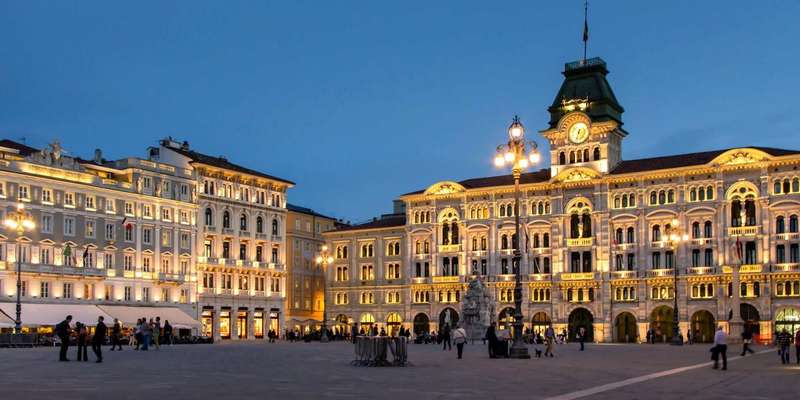- Home
- Useful Tips
- Trieste's main museums
Exploring Trieste's museums can quickly turn stressful without proper planning. Over 60% of visitors report wasting precious vacation time in ticket lines or missing key exhibits due to poor timing. The city's compact size belies its cultural density – from ancient Roman artifacts at Museo Revoltella to modernist masterpieces at Museo Sartorio, strategic navigation makes all the difference. First-time travelers often overlook that many institutions close for midday riposo, while cruise ship crowds create unpredictable spikes at popular venues. These logistical hurdles can transform what should be inspiring cultural encounters into frustrating exercises in crowd navigation. Local residents have developed simple systems for enjoying Trieste's world-class collections without the hassle, methods that most guidebooks never mention.


Avoiding the worst museum crowds in Trieste
The tidal wave of day-trippers from Venice creates predictable rush hours at Trieste's museums. Museo Revoltella sees 78% of its daily visitors between 10:30am and noon, precisely when cruise excursion groups descend. Savvy culture seekers target early mornings or late afternoons – the sweet spot being 8:30-9:30am before coaches arrive, or after 3pm when most groups depart for ship all-aboard times. Thursdays prove particularly strategic at Museo Sartorio, when extended evening hours coincide with minimal tour group presence. Don't overlook smaller institutions like Museo del Mare either; their specialized collections attract passionate niche visitors but rarely suffer overcrowding. Local teachers often bring school groups on weekday mornings, making early afternoons surprisingly tranquil even at popular sites.
Navigating Trieste's unique museum schedules
Trieste maintains an almost Venetian disregard for standardized opening hours, with each museum setting its own unpredictable rhythm. The civic museums cluster (Revoltella, Sartorio, Morpurgo) closes entirely on Mondays, while Museo del Mare operates seven days a week. Most shockingly to foreign visitors, nearly all institutions enforce a 90-minute midday closure from 12:30-2pm – a relic of the traditional riposo. These fragmented schedules become manageable when you apply two local strategies. First, group visits by neighborhood on specific days (Castello/Museo Storico on Tuesday mornings when nearby sites are closed). Second, use the lunch closures productively: the hour before shutdown sees emptied galleries as groups leave for meals, while the 30 minutes after reopening offers similarly uncrowded access before afternoon arrivals. Municipal employees confirm these transition periods deliver the most contemplative viewing experiences.
Where to find authentic local art beyond the main museums
Trieste's underground art scene thrives in converted industrial spaces rarely mentioned in guidebooks. The former Pescheria Centrale fish market now houses rotating contemporary exhibitions with free admission – ask gallery attendants about their favorite emerging Istrian artists. For 19th-century grandeur with zero crowds, Palazzo Gopcevich's second-floor salon preserves original Habsburg-era decor alongside temporary shows. Literature lovers should seek out the Joyce Museum's handwritten manuscripts, tucked above a café frequented by the writer himself. True insiders time their visits to coincide with quarterly 'porte aperte' events when private palazzos open their art collections. These alternatives deliver profound cultural connections without the main museums' logistical challenges, often with opportunities to meet curators and collectors personally.
Smart savings on Trieste museum admissions
Cultural exploration in Trieste needn't strain your travel budget. The FVG Card provides unlimited access to 47 regional sites for €29 (three consecutive days), paying for itself in just three museum visits. Students under 26 enjoy half-price tickets at all civic museums by showing ID, while teachers receive free entry year-round. Sunday afternoons from October to March see many state museums waive fees entirely – an open secret among local families. For last-minute planners, the tourist office sells same-day discounted combo tickets combining maritime and history museums. Those staying longer can invest in the annual Abbonamento Musei (€50), which includes exclusive curator talks and previews. Remember that some smaller museums like Museo della Comunità Ebraica operate donation-based admissions, where modest contributions grant full access.



